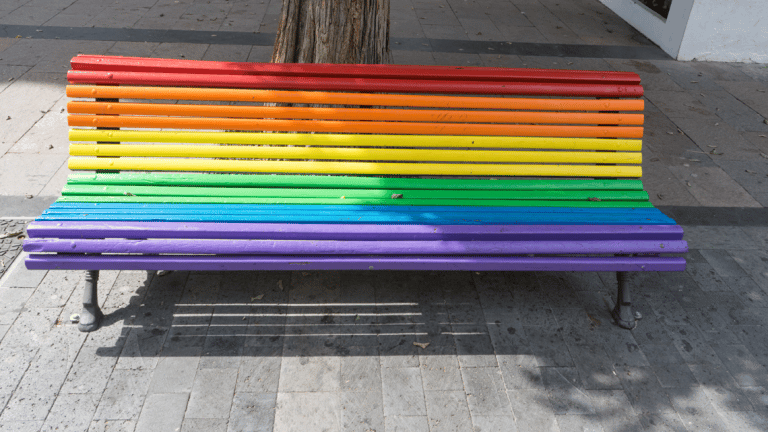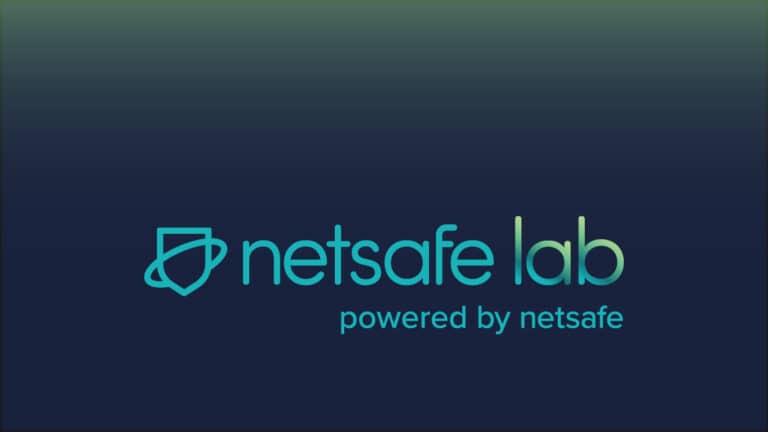Trends in digital communications in the LGBTQIA+ community
Netsafe’s factsheet compares annual trends regarding the prevalence of unwanted digital communications based on participants’ sexual orientation. Around a quarter of people who identify as non-heterosexual have received harmful digital communications in the previous year, according to a Netsafe study. Trends identified in the data – released to coincide with Pride – suggest that since 2018, LGB+* participants’ have…

Netsafe’s factsheet compares annual trends regarding the prevalence of unwanted digital communications based on participants’ sexual orientation.
Around a quarter of people who identify as non-heterosexual have received harmful digital communications in the previous year, according to a Netsafe study. Trends identified in the data – released to coincide with Pride – suggest that since 2018, LGB+* participants’ have been more likely to receive unwanted digital communications than heterosexuals. In 2020, there were large increases in the sending and receiving of such communications.
In 2018, 13 percent of respondents were physically threatened online, but this jumped to 21 per cent in 2020. The figures were much higher than for heterosexuals, three percent and eight percent, respectively.
The study also showed a considerable increase from 2019 to 2020 of people sending unwanted digital communications. This includes a 20 percent increase in participants saying they had sent a sexual advance when they weren’t sure it was wanted.
Annual trends identified in the data include:
- Non-heterosexual participants are more likely to experience receiving these types of unwanted digital communication when compared to heterosexuals.
- Annual rates for each type of unwanted digital communication were not steady, but in 2020
non-heterosexual participants’ experiences varied with significant increases. - From 2019 to 2020 there was a considerable increase in the percentage of non-heterosexual
participants who said they had sent an unwanted digital communication
* While Netsafe collects response data from people identifying with non-binary gender identities, the number of participants is too small to enable statistically relevant analysis which is why the term LGB+ is used and not LGBTQIA+.
Everyone deserves to feel safe online and there is help available if something goes wrong. If you’re experiencing bullying or harassment based on your sexuality, gender or sex characteristics, Netsafe can help. Check out Netsafe’s advice for people in the LGBTQIA+ community here and contact Netsafe no matter what has happened for free and confidential advice.




